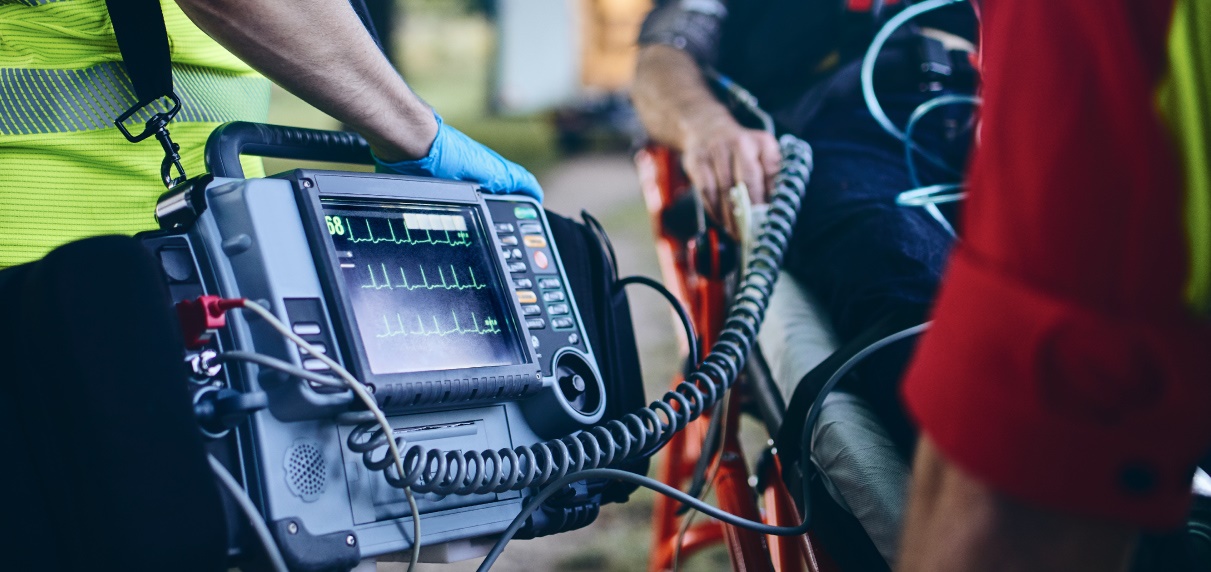
Since its inception, Almana Group has sought to AdroitMarketResearch.com projects that the size of the global market for emergency medical will reach close to USD 37,515 million by 2029 with an annualized growth rate of 6.3% through the projected period.
The types of essential life-saving medical equipment needed in each hospital varies but their main categories include:
Cardiac Life Support Equipment: This category includes automated external defibrillators (AEDs), electrocardiogram (ECG) machines, and pacemakers, which are used to diagnose and treat heart-related conditions, including cardiac arrest. Advancements in defibrillator technology have drastically reduced the weight of these devices, which now weigh only 3 kilograms, offering more effective results and accessibility to the general public.
Another type is the Airway Management Equipment, which includes devices like ventilators, oxygen tanks, catheters and others. These are essential for maintaining and supporting a patient's respiratory system during emergencies or critical care.
The third type of live-saving medical equipment falls under the Trauma and Hemorrhage Control Equipment are also an important type of life-saving equipment, it includes items like tourniquets, hemostatic dressings, and chest seals, which are designed to control bleeding and stabilize injuries in emergency situations.
The fourth type is Fluid and Medication Delivery Equipment: This includes intravenous (IV) pumps, syringes, and medication administration devices, which are used to deliver fluids, drugs, and other essential treatments to patients, in times of emergency
Monitoring and Diagnostic Equipment: This includes devices like pulse oximeters, blood pressure monitors, and glucose meters, which are used to monitor a patient's vital signs and diagnose medical conditions.
Equipping these facilities with essential medical equipment is crucial to ensure optimal patient outcomes. Defibrillators, ventilators, patient monitors, ultrasound machines, are just a few examples of indispensable equipment needed in emergency rooms. By investing in these vital tools, healthcare providers can deliver timely and effective care, improving the chances of survival and recovery for patients in critical situations, which is why Almana Group has always been committed to providing the essential medical emergency equipment to support the Kingdom’s goals in elevating the healthcare sector. It seeks to provide the latest and best medical devices and equipment from quality global manufacturers that enable healthcare professionals to do their job at the highest standards.
Almana's Medical & Surgical Equipment Department provides life-saving equipment through a pragmatic and professional approach. The department has gained prominence in the market and has the confidence of over 100 satisfied, reputable customers. The portfolio includes a broad spectrum of high-quality, single-use medical devices catered to different levels of healthcare facilities. The product range can be subcategorized into surgical instruments, point-of-care lab testing, diagnostic equipment, personal protective equipment, diabetic supplies, advanced wound care, and medical carts. Almana Group is notably the supplier of the SLE6000 infant ventilator from Inspiration Healthcare, which is a versatile is a device that can be customized to meet the needs of individual patients. Contact us for further information about the full range of our products.